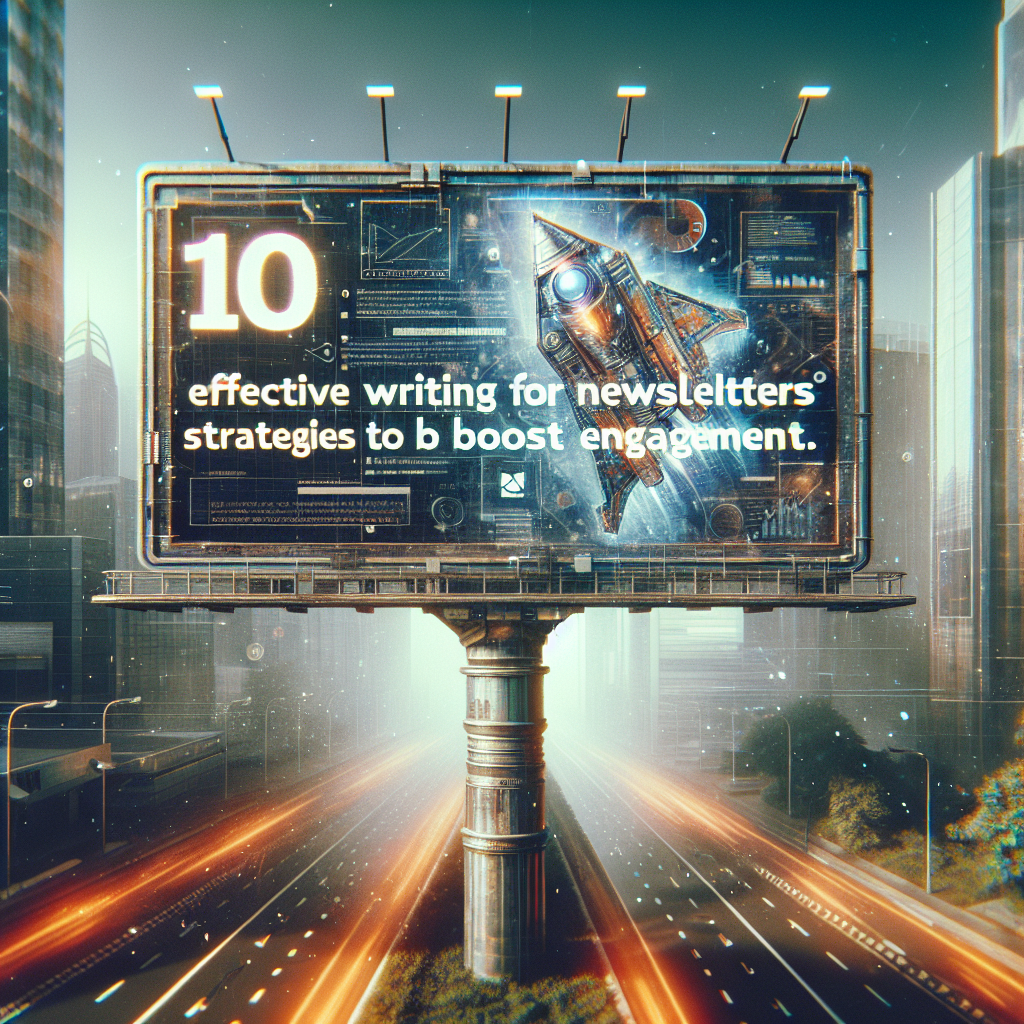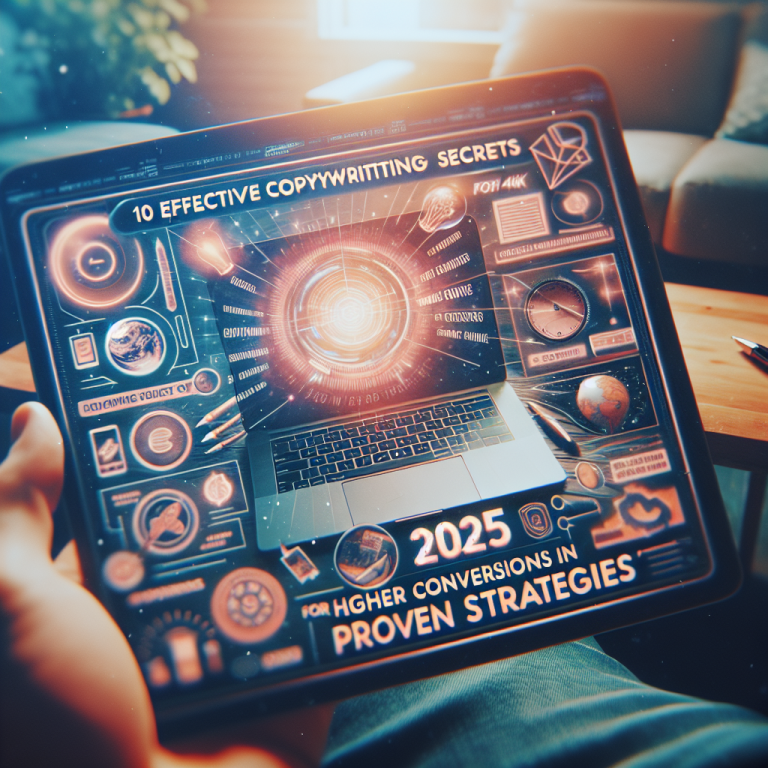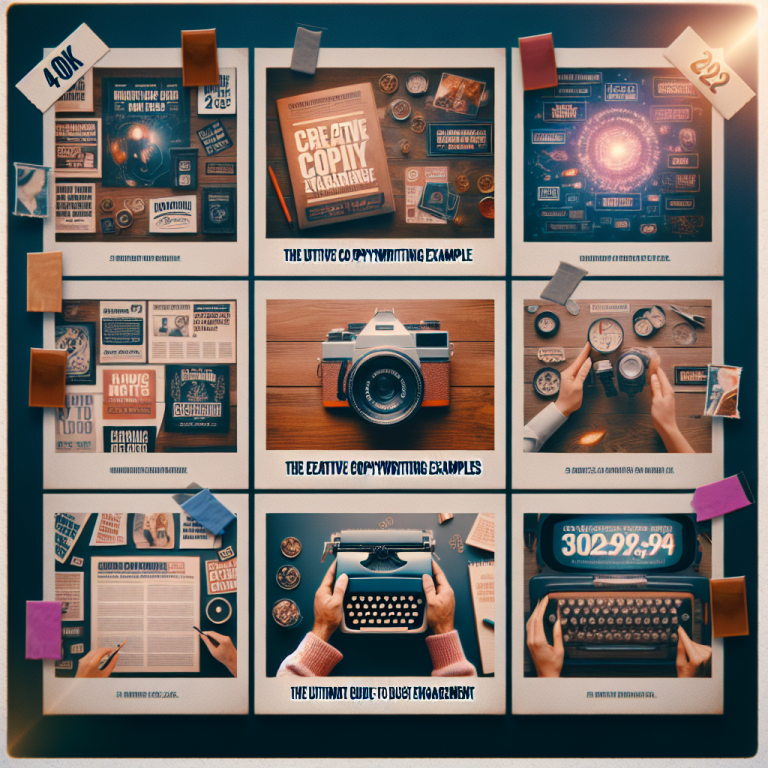10 Effective Writing for Newsletters Strategies to Boost Engagement in 2025
- 1. Craft Compelling Subject Lines
- 2. Personalize Your Content
- 3. Use Engaging Visuals and Formatting
- 4. Write Clear and Concise Copy
- 5. Incorporate Strong Calls-to-Action
- 6. Segment Your Audience Effectively
- 7. Optimize for Mobile Devices
- 8. Test and Analyze Your Campaigns
- 9. Maintain Consistent Brand Voice
- 10. Keep Up with Trends and Analytics
1. Craft Compelling Subject Lines
The Power of First Impressions
When it comes to writing for newsletters, your subject line is your first impression. It determines whether your audience opens your email or scrolls past it. According to 2025 data, 47% of email recipients decide whether to open an email solely based on the subject line. That’s why crafting compelling, clear, and enticing subject lines is essential for boosting engagement.
To create effective subject lines, focus on curiosity, urgency, or personalization. For example, instead of a generic “Monthly Update,” try “Exclusive Tips to Elevate Your Business in 2025.” Such lines pique interest and encourage clicks. Remember, keeping it under 50 characters can improve visibility on mobile screens.
Using Power Words and Personalization
Power words like “free,” “limited,” or “exclusive” can trigger emotional responses and increase open rates. Incorporating the recipient’s name or location makes the email feel personal, which studies show can increase open rates by up to 29%.
Experiment with A/B testing different subject lines to see what resonates most with your audience. Over time, you’ll discover patterns that lead to higher engagement rates, making your newsletter writing more effective in 2025.
2. Personalize Your Content
Segmentation for Relevance
Effective writing for newsletters in 2025 centers around relevance. Segment your audience based on interests, behaviors, or demographics. This enables you to deliver personalized content that truly resonates. For example, a clothing retailer might send different newsletters to men and women â each featuring products tailored to their preferences.
Data shows that personalized emails deliver 6 times higher transaction rates. Use automation tools to dynamically customize content for each subscriber, making your newsletters essential rather than spam.
Dynamic Content and Personal Greetings
Beyond segmentation, dynamic content blocks can showcase different products or messages within the same newsletter based on user preferences. Also, personalized greetings and customized recommendations make your writing for newsletters feel more like a one-on-one conversation, which fosters trust and engagement.
Leverage personalization to build stronger relationships, encouraging readers to engage more actively with your brand in 2025.
3. Use Engaging Visuals and Formatting
The Role of Visuals in Newsletters
In 2025, visuals are more important than ever for capturing attention. Incorporating relevant images, icons, and infographics can make your newsletter more attractive and digestible. Well-placed visuals help break up text and guide the reader through your message.
For instance, including an infographic summarizing key points can increase comprehension and retention. Always optimize images for fast loading without sacrificing quality, especially on mobile devices.
Effective Formatting Strategies
Use clear headings, bullet points, and white space to enhance readability. Short paragraphs and consistent font styles contribute to an easier reading experience. Incorporating numbered lists for steps or tips helps organize information logically.
Including clickable buttons with contrasting colors and compelling copy makes calls-to-action stand out. Good formatting combined with engaging visuals creates a seamless reading journey, increasing the chances your writing for newsletters will convert readers into loyal customers.
4. Write Clear and Concise Copy
The Importance of Clarity
Clarity is key when writing for newsletters. Busy readers scan emails quickly, so get straight to the point. Use simple language and avoid jargon unless your audience is familiar with it. Clear messaging ensures your main ideas are understood instantly.
Conciseness for Impact
In 2025, brevity is still king. Limit your newsletters to 200-300 words to maintain engagement. Focus on one main message per issue to prevent overwhelming your readers. Bullet points and subheadings help highlight important information for skimmers.
Well-crafted, straightforward content respects your readers’ time and encourages them to take action, whether that’s visiting your website or making a purchase.
5. Incorporate Strong Calls-to-Action
Guiding Readers Effectively
A compelling call-to-action (CTA) is essential for turning readers into customers or followers. Whether it’s “Shop Now,” “Learn More,” or “Download the Guide,” your CTA should clearly state what you want your readers to do next.
Placement and Design
Position your CTA prominently â preferably above the fold or at the end of your newsletter. Use contrasting colors and actionable language to make your CTA stand out. Testing different placements and wording can help optimize response rates in 2025.
Ensure the process after clicking is seamless. A confusing or lengthy process kills conversions, so streamline your landing pages and forms accordingly.
6. Segment Your Audience Effectively
The Power of Segmentation
Segmenting your newsletter subscribers allows you to tailor content to specific groups, enhancing relevance and engagement. For example, shoppers in different age groups or geographic locations may respond better to targeted messages.
Leveraging Data for Segmentation
Analyze interaction data, purchase history, and preferences to create meaningful segments. Use automation platforms to deliver personalized campaigns efficiently. In 2025, AI-driven segmentation continues to improve targeting accuracy, boosting open and click-through rates.
Effective segmentation also reduces unsubscribe rates, ensuring your writing for newsletters remains impactful over time.
7. Optimize for Mobile Devices
Designing Mobile-Friendly Newsletters
With over 70% of emails opened on smartphones in 2025, ensuring your newsletters display well on mobile is critical. Use responsive design, large clickable buttons, and short text blocks for easy reading and navigation.
Testing Across Devices
Always test your newsletters on various devices and email clients before sending. Tools like Litmus or Email on Acid can preview your email’s appearance and functionality across platforms. Proper optimization helps your valuable writing for newsletters reach your audience effectively, no matter where they are.
8. Test and Analyze Your Campaigns
Implementing A/B Testing
A/B testing different elementsâlike subject lines, visuals, and CTAsâprovides insights on what resonates best. In 2025, data-driven decisions are crucial for refining your writing for newsletters.
Monitoring Metrics and Feedback
Track open rates, click-through rates, conversions, and unsubscribe rates to evaluate performance. Gather direct feedback with surveys or reply options. Use this information to continuously improve your content strategy.
Consistent testing and analysis ensure your newsletters remain engaging and effective over time.
9. Maintain Consistent Brand Voice
Developing Your Voice
Your brand voice should reflect your company’s personality and resonate with your target audience. Whether playful, professional, or authoritative, consistency in writing for newsletters builds trust and recognition.
Adapting to Audience Expectations
While maintaining consistency, adapt your tone to different segments or campaign goals. For example, a more formal tone might suit B2B newsletters, while a casual style could work for B2C audiences. Staying authentic encourages ongoing engagement and loyalty.
10. Keep Up with Trends and Analytics
New Trends in Newsletter Writing for 2025
Stay current with trends like AI-generated content, interactive elements, and personalization techniques. Incorporating these trends can make your writing for newsletters more innovative and engaging.
Leveraging Analytics for Long-Term Success
Use analytics to understand what content performs best and refine your strategy accordingly. Trends evolve, and continuous learning ensures your newsletters remain relevant and compelling in 2025 and beyond.
Frequently Asked Questions
1. What are the best practices for writing for newsletters in 2025?
Best practices include personalization, clear and concise copy, engaging visuals, and mobile optimization, along with ongoing testing and analysis to refine your strategy.
2. How can I improve my newsletter engagement?
Focus on crafting compelling subject lines, segmenting your audience, including strong calls-to-action, and keeping your content relevant and valuable to your readers.
3. Why is writing for newsletters important today?
Effective newsletter writing directly impacts your ability to build relationships, boost conversions, and increase brand loyalty, especially as email remains a primary marketing channel in 2025.
4. How do I stay updated with new trends in newsletter writing for 2025?
Follow industry blogs, participate in webinars, and analyze your own campaign data regularly. Staying informed ensures your writing strategy evolves with the latest trends and technologies.
Conclusion
In 2025, mastering the art of writing for newsletters is crucial for standing out in a crowded digital space. By implementing these 10 effective strategies, you can significantly boost engagement, foster stronger relationships, and achieve your marketing goals. Remember, the key is to continually adapt and refine your approach based on data and emerging trends. Effective writing for newsletters is not just about communicationâit’s about creating meaningful connections that drive results.









